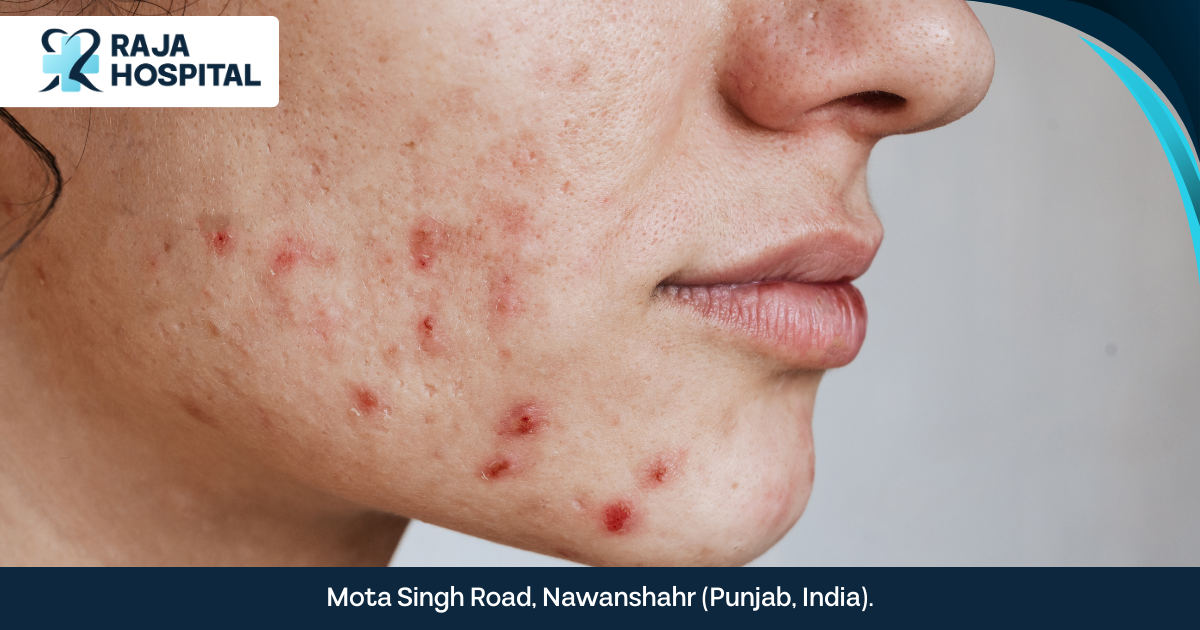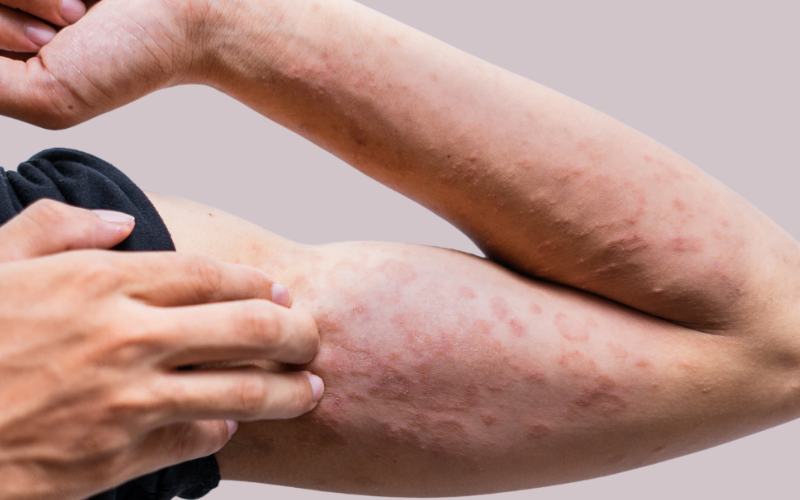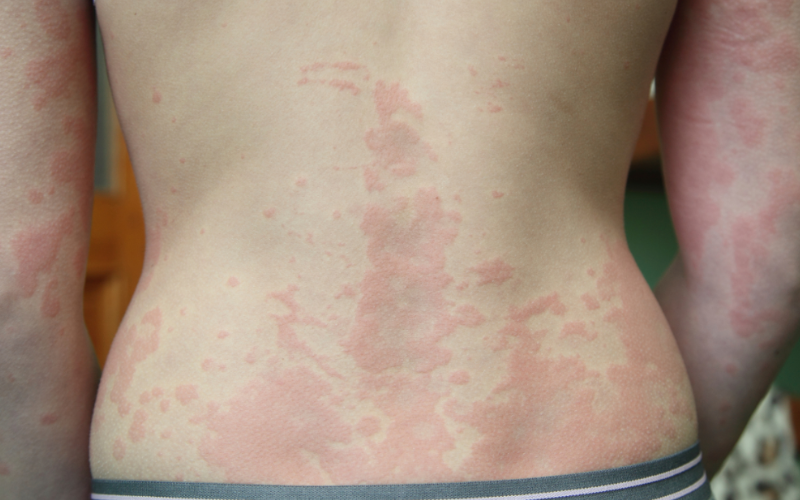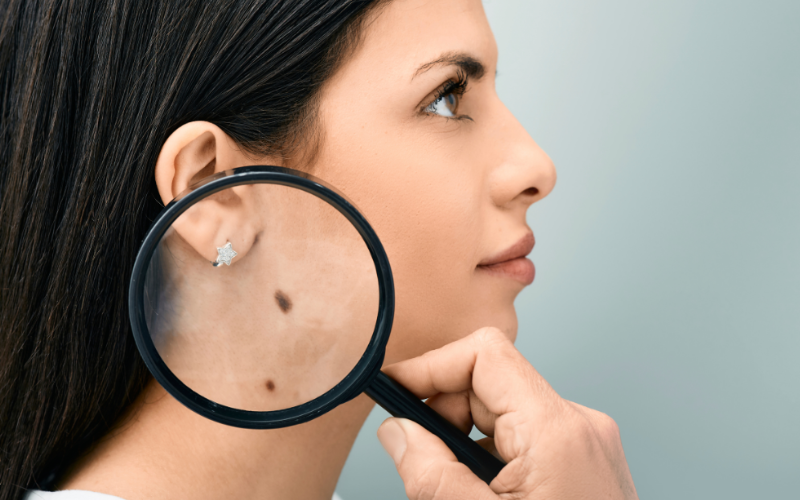10 Early Signs of Skin Cancer You Shouldn’t Ignore!

One day you wake and spot a tiny unusual mark on your skin. It looks a bit different from the other moles on the skin; it does not hurt so you leave it since time passes until one day something happens: it becomes darker, has uneven edges, or becomes larger than before. What if this little spot was more than a harmless blemish?
Skin cancer is one of the most common cancers worldwide, but it’s often caught late, even in its early stages. The good news? Early treatment usually works really well!
In simple terms, this blog will actually let you know everything that there is to be known about skin cancer. That is what it is, how to notice it from the warning signs, and—most importantly—how to protect yourself.
What is Skin Cancer?

When skin cells grow uncontrollably, tumors form. Such cases often occur due to prolonged exposure to the harmful rays of the sun in the ultraviolet range, but genetics and lifestyle choices also play their parts.
The best way to fight skin cancer is through early detection. Treatment is very effective if the disease is discovered early enough.
Types of Skin Cancer
Skin cancer encompasses three principal varieties, each exhibiting unique features:
1. Basal Cell Carcinoma (BCC)
- Most common type of skin cancer
- Often appears as a shiny bump or pink patch
- Found in sun-exposed areas like the face, ears, and neck
- Grows slowly and is rarely life-threatening
2. Squamous Cell Carcinoma (SCC)
- Red, scaly patch, or an open sore that will not heal
- May cause tenderness, itching, or bleeding
- More aggressive than BCC and can metastasize if untreated
3. Melanoma (The Most Dangerous)
- Usually an irregular-shaped mole or dark patch
- Can occur anywhere, including areas that have never been in the sun
- If not treated early, spreads rapidly
Knowledge about the three types is important because early detection in any of them significantly raises the chance for survival.
How is Skin Cancer Different from Other Skin Problems?

Unlike acne, rashes, or eczema, skin cancer doesn’t heal on its own. It grows, changes shape, or starts bleeding over time. That’s why monitoring new or unusual skin changes is so important.
Key Differences:
- Skin cancer lesions don’t go away on their own
- They often change in color, size, or texture
- They may bleed, ooze, or become painful
If you notice something persistent or changing, don’t ignore it—get it checked.
What Causes Skin Cancer?

Do you know why some people get skin cancers, while others just don’t? To tell you the truth, one gets skin cancer not overnight; it’s a result of years and years’ worth of accumulated damage on skin cells. Most people think that it is due to too much exposure to sunlight, but that’s not the only cause.
1. The Effect of UV and Sun Exposure
The ultraviolet rays from the sun are thought to be the ones that cause skin cell damage. Their influence over time causes cells to grow abnormally, resulting in cancer.
Common sources of UV exposure are:
- Direct sunlight (especially between 10 AM – 4 PM)
- Tanning beds and sunlamps
- Reflected sunlight (like water, sand, and snow)
2. Genetic Family History Factors
Does skin cancer run in families? Yes! If a close relative has had skin cancer, your risk increases. Some people inherit gene mutations that make them more vulnerable to abnormal skin cell growth.
3. Lifestyle Risk Factors
Daily things you do could also put you at risk.
- Smoking: Related to squamous cell carcinoma, particularly on lips
- Chemical exposure: Working with arsenic, industrial tar, or radiation increases chances of skin cancer
- Tanning beds: 75% increase in risk for melanoma due to artificial UV light
4. Can Darker Skin Get Skin Cancer?

It’s true! Dark skin contains even more levels of melanin, which wards off some amount of UV rays, but serves to not make any individual invulnerable. Most of the time, people with darker skin later develop skin cancer; therefore, it makes it very difficult for them to treat.
Note: No matter your skin color, be protected from UV exposure.
Early Signs and Symptoms of Skin Cancer
Skin cancer doesn’t appear overnight. It begins displaying small signs less important or ignored by most people. They are as follows:
- A new mole or one that changes in size, color, or shape
- A sore that has not healed for weeks
- A scabby ratty area that itches or bleeds
- A shiny pearly bump that looks different than your skin tone
- A suddenly appearing dark spot
- A red swollen lump that hurts when touched
- A flat waxy white or yellowish area
- A flat, red patch that feels rough
- A growth with raised borders and a central indentation
- A lesion that bleeds or fills with pus
Difference between Cancer and Mole
Not all moles are cancerous, but how do you know when to worry? Use the ABCDE Rule:
|
Feature |
Normal Mode |
Suspicious Mode (Possible Cancer) |
|
A – Asymmetry |
Symmetrical |
Uneven shape |
|
B – Border |
Smooth, even |
Irregular, jagged, or blurred |
|
C – Color |
One shade |
Multiple colors or changes over time |
|
D – Diameter |
Smaller than 6mm |
Larger than 6mm |
|
E – Evolution |
Stays the same |
Grows, changes, or starts bleeding |
If a mole looks unusual or changes over time, get it checked by a dermatologist!
When to See a Doctor?
Whenever there are any unusual changes in your skin appearing, having a mole grow, change color, or get itchy and bleed, it’s time for a professional opinion. If there is a sore that refuses to heal or there happens to be a strange new spot that is behaving differently from the normal skin, don’t ignore that, either!
Skin cancer is best treated early, so if anything feels unusual, go see a doctor. Better safe than sorry!
How is Skin Cancer Diagnosed?

Skin cancer is diagnosed through a combination of visual examinations, taking medical histories, and conducting laboratory tests. While you may notice signs of concern with self-exams, only a physician will be able to say whether a certain lesion is cancerous. Here’s how diagnosis generally happens:
1. First Consultation and Skin Examination
A dermatologist will check your skin and mark any suspicious spots.
2. A Biopsy and Laboratory Tests
If anything seems concerning, the doctor may consider removing a tiny section of skin, which is sent to a laboratory for examination.
3. Can Skin Cancer Be Detected Without a Test?
Self-examination helps, although only for a biopsy can confirm cancer. This is why you should not skip a professional medical check-up.
Treatment Options for Skin Cancer
If detected early, treatment is fairly simple and highly effective.
- Surgery – The most used method is the excision of the affected skin.
- Radiation Therapy & Chemotherapy – Advanced treatments for skin such as these are recommended.
- Immunotherapy & Targeted Therapy – Modern treatment techniques may use immunotherapy and targeted therapy to stimulate the immune system against the cancerous cells.
Recovery and Life After Treatment

Regular check-ups and modification of lifestyle (such as less sun exposure) during post-treatment ensure enough chances of not getting it again.
Ways to Prevent Skin Cancer
Prevention is better than cure. Here are some tips on how to care for your skin:
- Put on Sunscreen Every Day (SPF 30 or higher)
- Avoid the Sun (between 10 AM – 4 PM)
- Use Protective Clothing (such as hats, sunglasses, and long sleeves)
- Never Use Tanning Beds
- Have Your Skin Examined Regularly (self-exams + doctor visits)
- Eat a Healthy Diet (as it contains antioxidants necessary for skin health)
Common Myths About Skin Cancer
“Only fair-skinned people get skin cancer.” (FALSE! Anyone can get it.)
“It always starts with a mole.” (FALSE! It can appear as patches, sores, or lumps.)
“Sunscreen is only needed on sunny days.” (FALSE! UV rays penetrate clouds too.)
“Skin cancer isn’t serious.” (FALSE! If untreated, it can spread and be fatal.)
Frequently Asked Questions
Is every mole or skin spot a sign of skin cancer?
No, most moles are harmless. However, if a mole changes in size, shape, or color, or starts bleeding, get it checked. Use the ABCDE rule to spot warning signs.
Can skin cancer be completely cured if detected early?
Yes! Early detection greatly increases the chances of a full recovery, especially for non-melanoma types. Regular skin checks are key.
Is sun exposure the only reason for Skin Cancer?
No, while UV rays are the biggest cause, genetics, chemical exposure, a weakened immune system, and tanning beds can also increase the risk.
Can skin cancer spread from one person to another by touching or sharing items?
No, skin cancer is not contagious. You can’t get it from touching, sharing personal items, or being around someone who has it. It develops due to genetic and environmental factors, not infection.
Can skin cancer come back after treatment?
Yes, especially if you’ve had it before. Protect your skin, do regular self-checks, and follow up with your doctor to reduce the risk.
Conclusion
Your skin is with you for life, so show it some love. Scary things do include skin cancer, but it’s one of the most preventable cancers and is easily treated in its early stages. By adopting just a few simple habits, like wearing sunscreen, monitoring your skin, and cutting back on sun exposure, you can keep yourself safe.
If you’ve noticed an unusual spot, a mole that is changing, or a sore that just won’t go away, don’t simply ignore it. A quick visit to your doctor might just set your mind at rest-or possibly save your life. It is worth looking after yourself.
So here’s a challenge: take five minutes today to check out your skin. If something seems or feels amiss, make an appointment for that check-up. When caught early, every bit counts.
